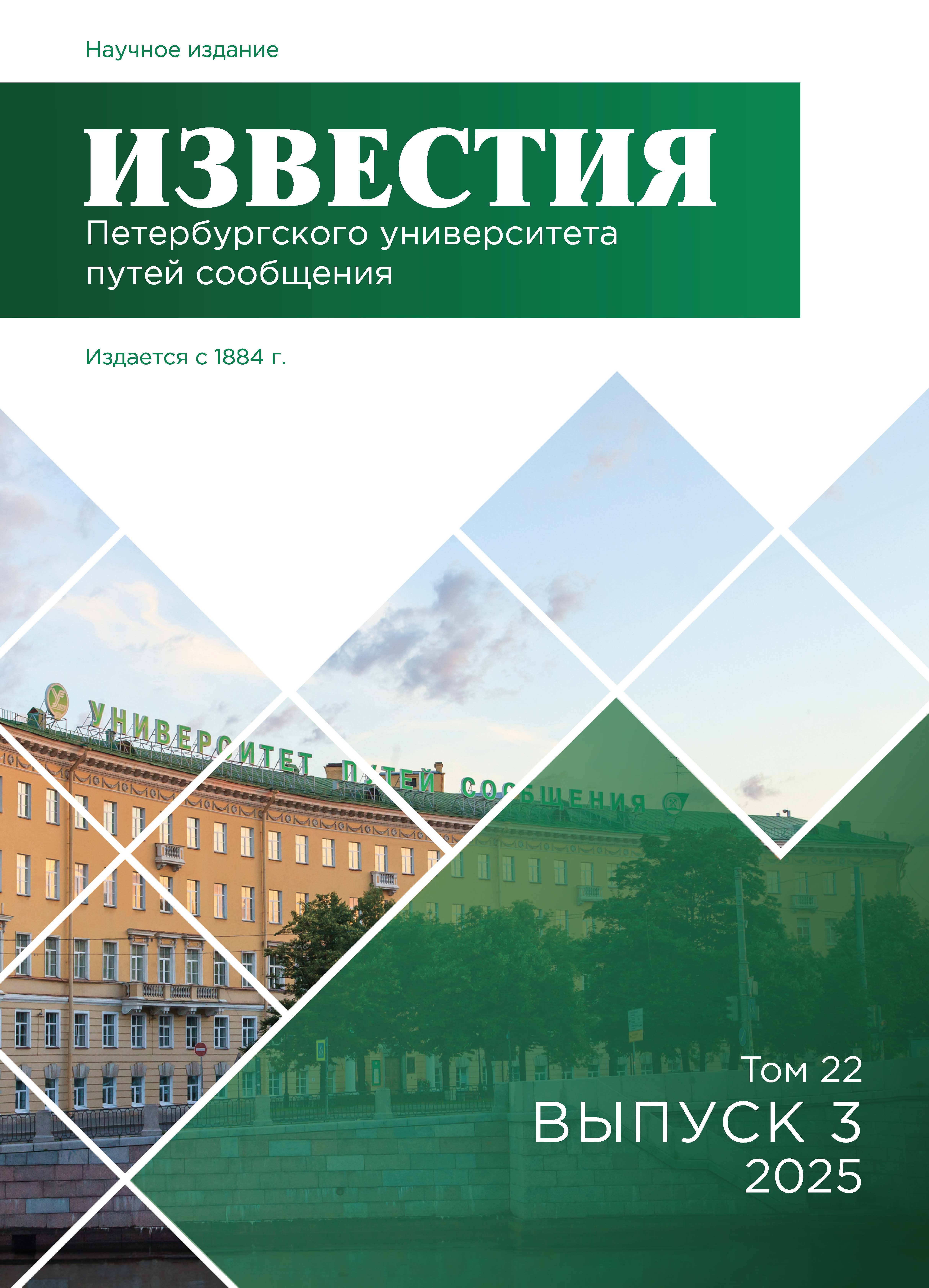Russian Federation
Russian Federation
Purpose: To consider the factors influencing the homogeneity of concrete’s compressive strength in a structure. To determine whether the rules of the control system influence the value of strength heterogeneity. To establish the extent to which sample location within the structure influences the result, and the relationship between sample destruction/testing direction (across/along) relative to the moulding line and distortion of the test result by destructive and non-destructive methods. Methods: An analysis of regulatory documentation in the field of concrete quality control was conducted in the context of the entire life cycle of buildings and structures. Samples of concrete in different shapes and sizes (cubes and prisms) were made from a prism-shaped monolithic concrete sample with an aspect ratio of 1:4. The compressive strength of these samples was determined using non-destructive testing methods for impact pulse and ultrasound velocity in different directions, as well as by destructive testing (in accordance with the Russian standards GOST 22690-2015, GOST 10180-2012 and GOST 17624-2021). The strength of the material was assessed in accordance with the Russian standard GOST 18105-2018. Results: It was determined that the existing control system accommodates a multitude of variable factors, thereby resulting in divergent levels of reliability concerning the output information on the compressive strength of concrete. It has been experimentally confirmed that the compressive strength assessment results obtained by different testing methods are differently affected by the test line direction (relative to the line of molding). With destructive testing and impact pulse testing, the strength is lower when testing along the line of molding; with ultrasonic testing, the test direction does not affect the result. The findings of the tests indicated that the concrete strength in the central part of the monolith is lower than the strength at the edges (a conclusion that was corroborated by two types of testing). A decrease in the ultrasound velocity in concrete while maintaining the homogeneity of the results with a sounding base of less than 100 mm has been confirmed. Practical significance: The findings of the conducted studies will provide a solid foundation for the effective design of concrete strength testing. The established relationships between the testing method, test direction, shape and size of test specimens, and the reliability of the obtained measurement data will serve to reduce the number of structural failures and increase the efficiency of utilising the concrete strength potential.
Concrete, compressive strength, quality control, non-destructive methods, destructive testing, impact pulse, ultrasound velocity, reliability, heterogeneity, variation coefficient
1. Gorbunova M. M. K voprosu perspektiv primeneniya vozobnovlyaemyh istochnikov energii i tehnologiy al'ternativnoy energetiki / M. M. Gorbunova, V. A. Finochenko // Trudy Rostovskogo gosudarstvennogo universiteta putey soobscheniya. — 2022. — № 4(61). — S. 35–40.
2. Il'icheva Yu. A. Vozobnovlyaemye istochniki energii v mire i v Rossii: uchebnoe posobie / Yu. A. Il'icheva, S. Z. Zhiznin, M. V. Dakalov. — M.: MGIMO- Universitet, 2019. — 209 s.
3. Gremenok V. F. Solnechnye elementy na osnove poluprovodnikovyh materialov / V. F. Gremenok, M. S. Tivanov, V. B. Zalesskiy. — Minsk: Izd. Centr BGU, 2007. — 222 s.
4. Alferov Zh. I. Tendencii i perspektivy razvitiya solnechnoy fotoenergetiki / Zh. I. Alferov, V. M. Andreev, V. D. Rumyancev // Fizika i tehnika poluprovodnikov. — 2004. — T. 38. — № 8. — S. 937–948.
5. Torchynska T. V. III-V material solar cells for space application / T. V. Torchynska, G. P. Polupan // Semiconductor Physics, Quantum Electronics & Optoelectronics. — 2002. — Vol. 5. — Iss. 1. — Pp. 63–70.
6. Voronkov E. N. Tokovaya neustoychivost' v solnechnyh elementah na osnove a-Si:H, voznikayuschaya posle ih zasvetki / E. N. Voronkov // Fizika i tehnika poluprovodnikov. — 2001. — T. 25. — № 6. — S. 703–706.
7. Kosyachenko L. A. Problemy effektivnosti foto-elektricheskogo preobrazovaniya v tonkoplenochnyh solnechnyh elementah CdS/CdTe / L. A. Kosyachenko // Fizika i tehnika poluprovodnikov. — 2006. — T. 40. — № 6. — S. 730–746.
8. Yurchenko A. V. Statisticheskaya model' kremnievyh solnechnyh batarey, rabotayuschih pod vozdeystviem prirodnyh i apparatnyh faktorov / A. V. Yurchenko, A. V. Volgin, A. V. Kozlov // Izvestiya Tomskogo politehnicheskogo universiteta. — 2009. — T. 314. — № 4. — S. 142–148.
9. GOST R 56983—2016 (MEK 62108:2007). Ustroystva fotoelektricheskie s koncentratorami. Metody ispytaniy. — M.: Standartinform, 2016. — 45 s.
10. GOST R MEK 60904-3—2013. Pribory fotoelektricheskie. Chast' 3: Principy izmereniya harakteristik fotoelektricheskih priborov s uchetom standartnoy spektral'noy plotnosti energeticheskoy osveschennosti nazemnogo solnechnogo izlucheniya. — M.: Standartinform, 2014. — 89 s.









